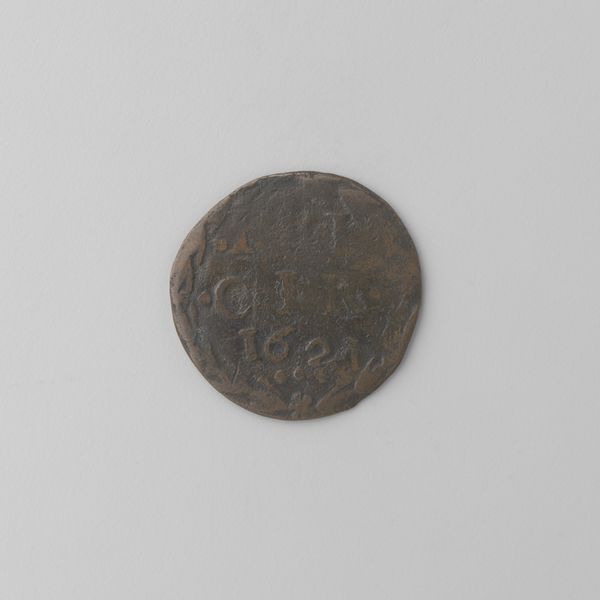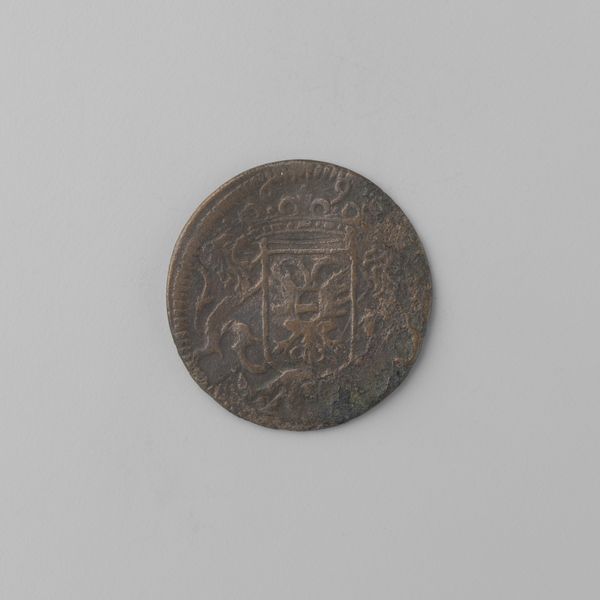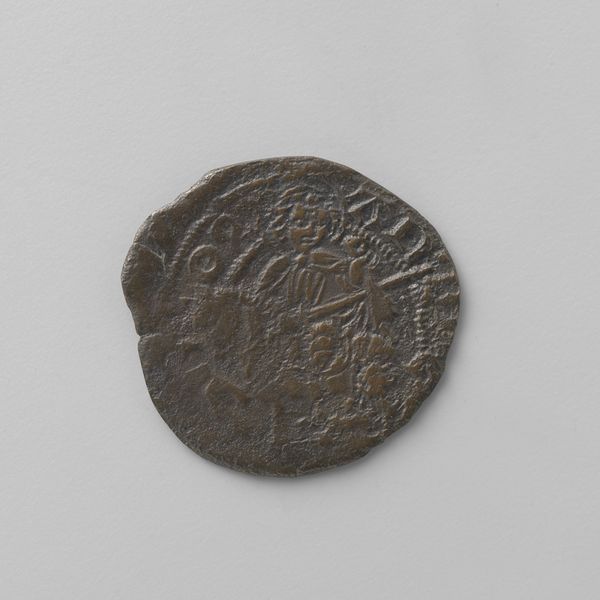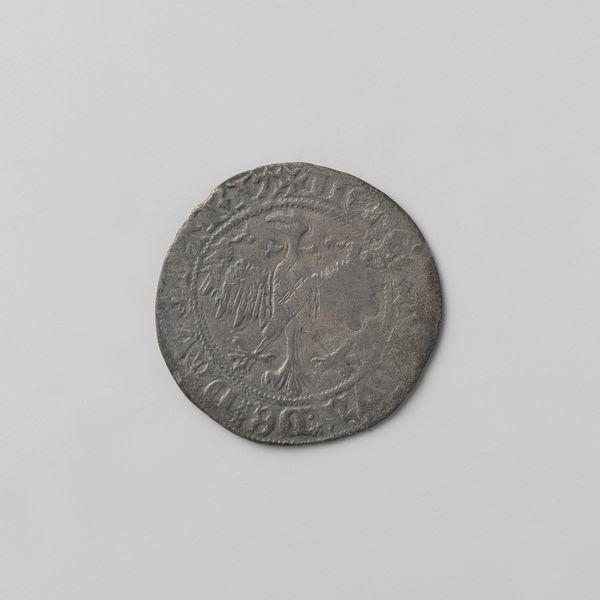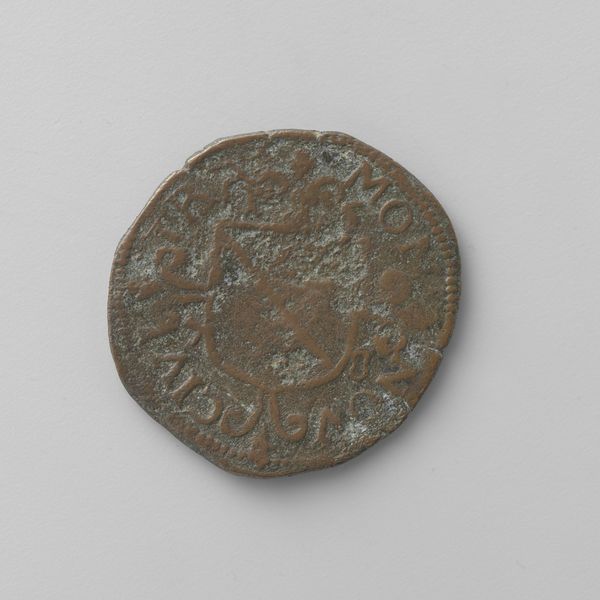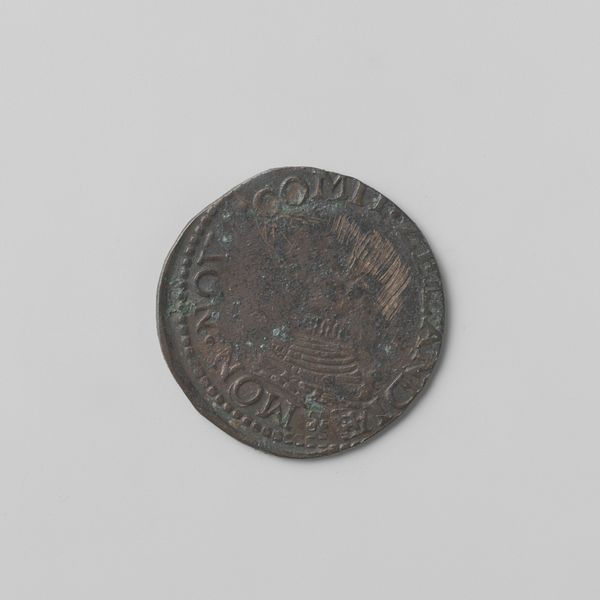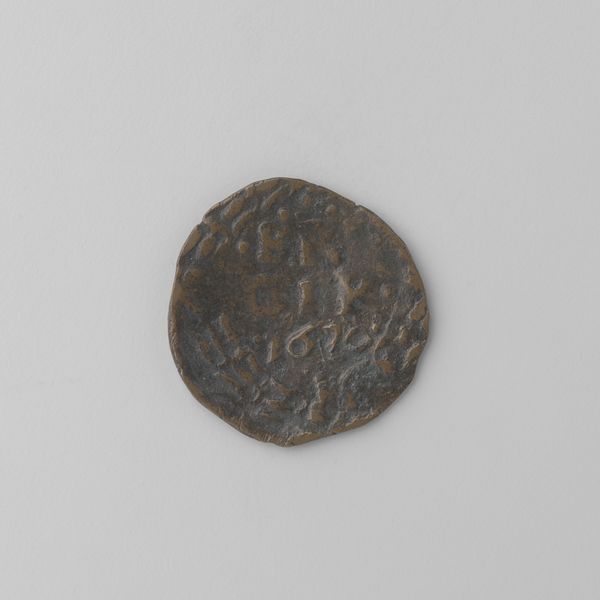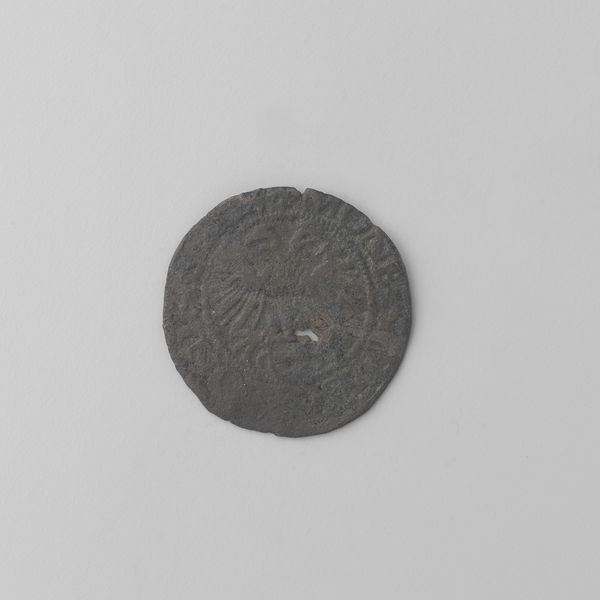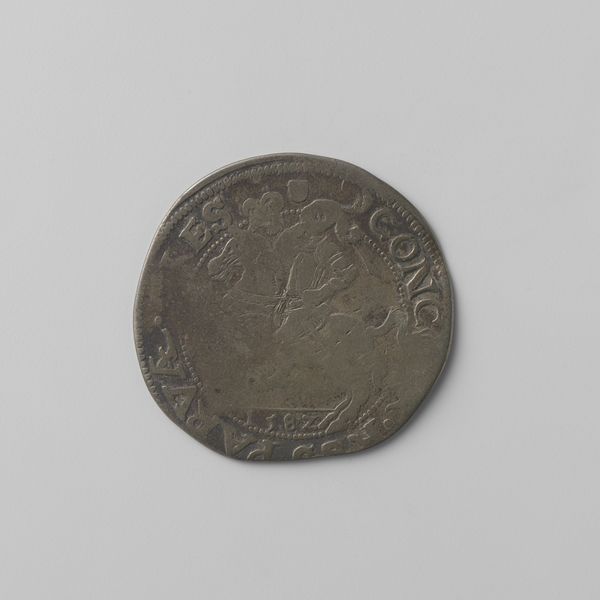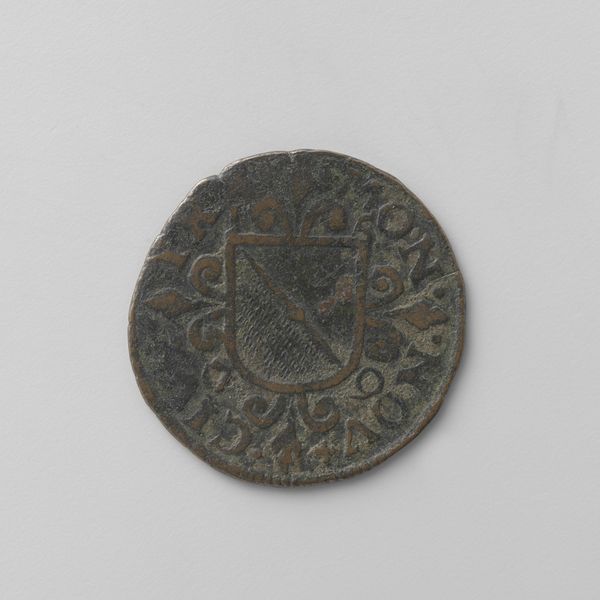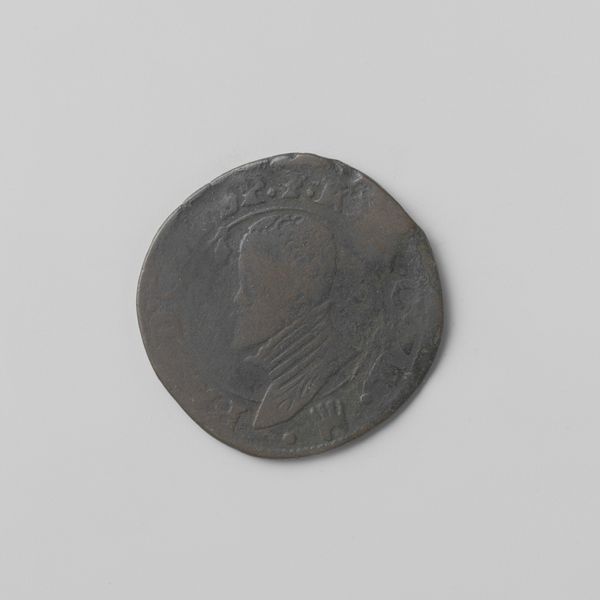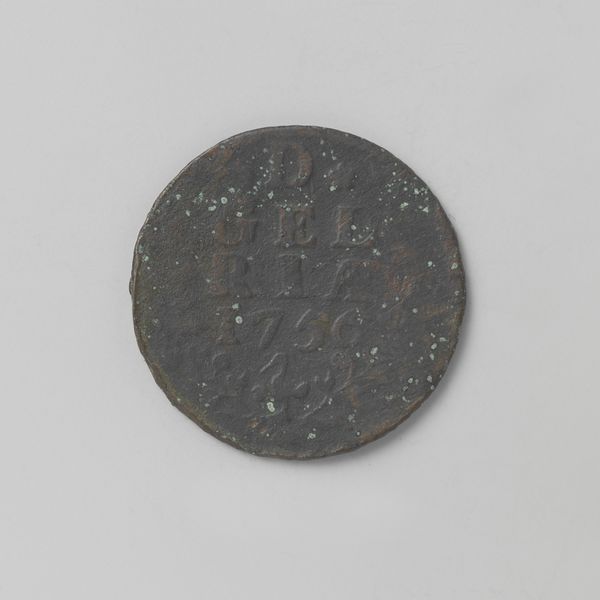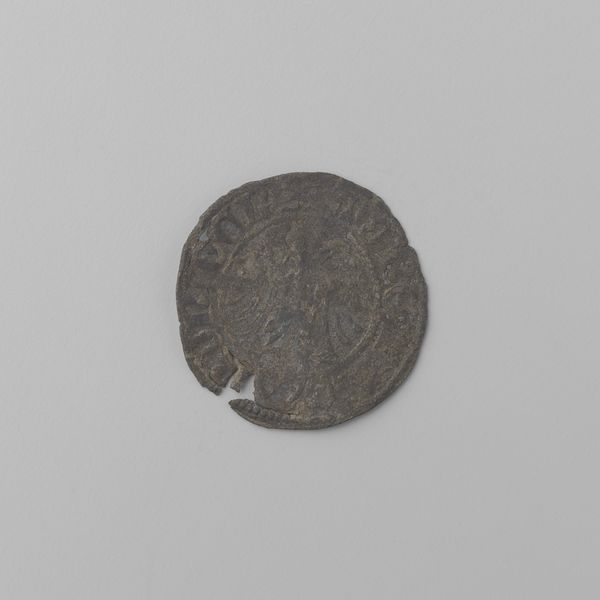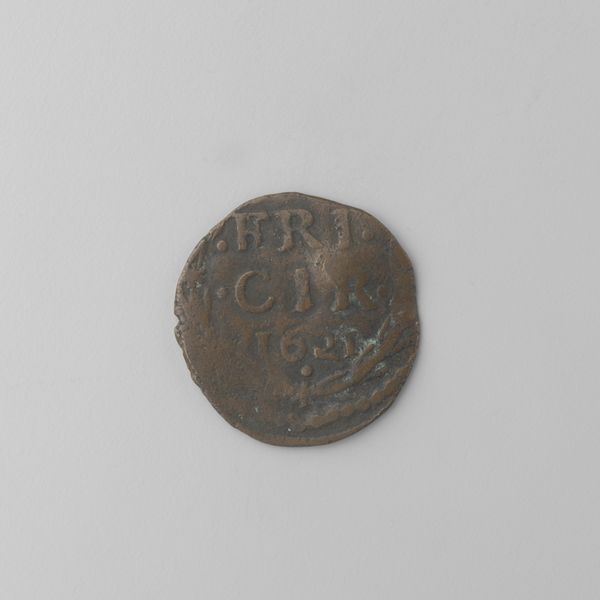
print, metal
# print
#
metal
#
11_renaissance
#
ancient-mediterranean
Copyright: Rijks Museum: Open Domain
Editor: Here we have a coin, "Duit van de stad Utrecht op naam van Philips II", from 1578, crafted in metal. The wear and tear really give a sense of history. What’s your take on it? Curator: A coin, seemingly insignificant, can actually speak volumes. Consider the context: 1578, the Dutch Revolt against Philip II was in full swing. This coin, minted by Utrecht in Philip's name, represents a complex negotiation of power and identity. The city acknowledged his authority, yet subtly asserted its own agency through the coin's design and circulation. Who, exactly, did this coin serve? Editor: So, it's not just money; it’s a political statement? Curator: Exactly. Currency is always about more than mere exchange. Whose face is on the money, what symbols are used, where is it produced: all are statements of authority and allegiance. Now, given what you know of the Revolt, how do you think the people of Utrecht viewed this coin? Did they see Philip's name, or the city's implied defiance? Editor: Probably a bit of both, depending on who you asked. It sounds like it could have been quite a divisive object at the time. Curator: Precisely. Objects like these provide crucial insights into the lived realities and power dynamics of the past. Editor: I never thought I’d look at a coin and think about intersectional narratives! Thanks. Curator: My pleasure! Hopefully, you now appreciate how art history can challenge and deepen our understanding of historical events and figures.
Comments
No comments
Be the first to comment and join the conversation on the ultimate creative platform.
